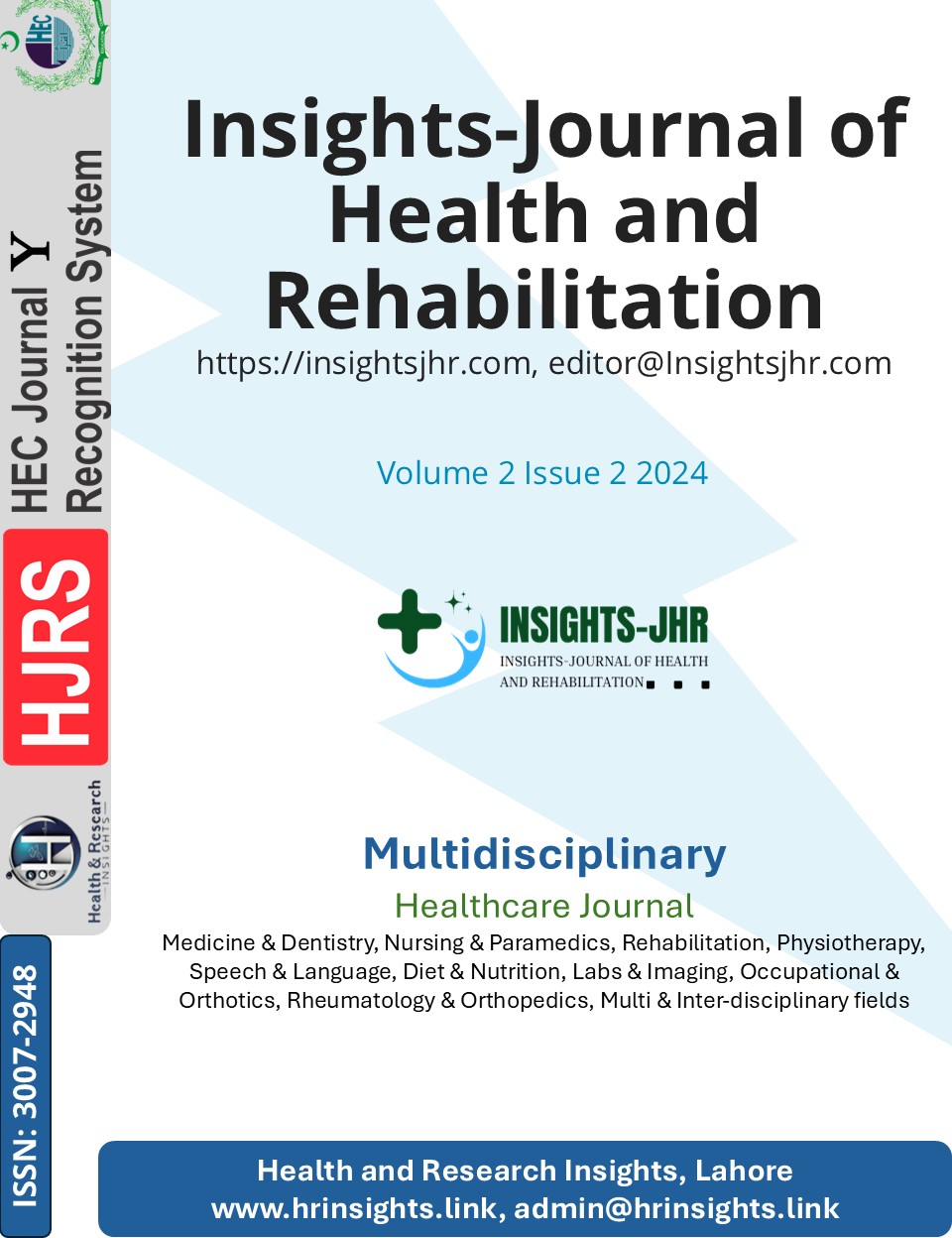Impact of Integrated Nursing and Rehabilitation on Recovery Outcomes after Pediatric Appendectomy
DOI:
https://doi.org/10.71000/ijhr52Keywords:
Appendectomy, children, integrated care, nursing, pediatric surgery, rehabilitation, recovery outcomesAbstract
Background: Appendicitis is a common surgical emergency in children, often requiring appendectomy. Traditional postoperative care focuses on nursing protocols for pain management and mobility. Recent evidence suggests that integrated care models combining nursing and rehabilitation services can enhance recovery outcomes. This study aims to investigate the effectiveness of such a model in pediatric appendectomy patients.
Objective: To evaluate the impact of an integrated nursing and rehabilitation care model on recovery outcomes in children undergoing appendectomies.
Methods: This study was conducted over one year with 42 pediatric appendectomy patients randomly assigned to either an integrated care group or a standard care group. The integrated care group received combined nursing and rehabilitation services, while the standard care group received traditional postoperative care. Immediate postoperative recovery was evaluated using pain scores, wound healing assessments, and mobility tests at 24, 48, and 72 hours post-surgery. Long-term functional outcomes, including return to school and physical activity levels, were assessed at 1, 3, and 6 months. Patient and family satisfaction were measured at discharge and follow-up intervals.
Results: The integrated care group demonstrated significantly better outcomes: mean pain scores at 72 hours were 2.9 (SD = 0.3) compared to 3.8 (SD = 0.5) in the standard care group (p < 0.01). Wound healing scores at 72 hours were 1.4 (SD = 0.4) versus 2.3 (SD = 0.4) (p < 0.01). Mobility (TUG) scores improved from 9.0 (SD = 0.4) to 8.1 (SD = 0.4) (p < 0.01). Physical activity scores were 3.4 (SD = 0.6) at 1 month, 4.0 (SD = 0.4) at 3 months, and 4.4 (SD = 0.5) at 6 months, compared to 3.0 (SD = 0.5), 3.2 (SD = 0.6), and 3.6 (SD = 0.4) in the standard care group, respectively (p < 0.01). The integrated care group also had fewer days absent from school (mean 4.9, SD = 1.4 vs. 8.7, SD = 2.0) and higher patient satisfaction scores at all time points (p < 0.01).
Conclusion: The integrated nursing and rehabilitation care model significantly improved recovery outcomes for pediatric appendectomy patients, demonstrating better pain management, wound healing, mobility, and long-term functional recovery. These findings support the adoption of integrated care models to enhance postoperative recovery in pediatric surgical patients.
Downloads
Published
Issue
Section
License
Copyright (c) 2024 Zubeira Syed Ani , Farrukh Murtaza , Muhammad Bin Zia , Ali Hamza Arshad (Author)

This work is licensed under a Creative Commons Attribution-NonCommercial-NoDerivatives 4.0 International License.







